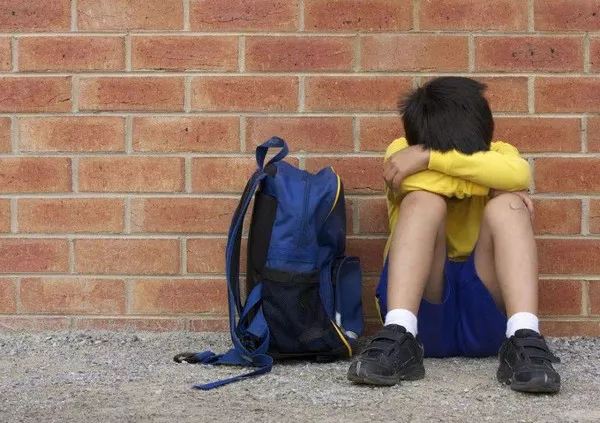Despite unprecedented public awareness about mental health, global disorder rates continue climbing at alarming speeds—a paradox that has researchers scrambling for explanations. The World Mental Health Report reveals that while 85% of people can now recognize depression symptoms (up from 35% in 2000), actual depression prevalence has increased by 42% over the same period. This counterintuitive trend challenges core assumptions about mental health education and suggests current awareness campaigns may be inadvertently exacerbating problems.
Several factors appear to drive this paradox. The normalization of mental health discussions has reduced stigma but also created what psychologists term “concept creep”—where normal emotional experiences get pathologized as disorders. Studies show people who consume mental health content online are three times more likely to self-diagnose conditions they don’t clinically have. “There’s a dangerous feedback loop where awareness breeds over-identification, which then fuels demand for more awareness content,” explains clinical psychologist Dr. Marcus Lee.
The therapeutic industrial complex may also be contributing. With mental health becoming a $400 billion industry, some experts warn of “disease mongering”—subtle messaging that frames everyday struggles as medical conditions requiring professional intervention. Insurance data reveals a 300% increase in billing for “adjustment disorder” (a vague diagnosis for difficulty coping with life changes) since 2015, suggesting mild distress is increasingly being medicalized.
Perhaps most surprisingly, the mental health awareness movement may be undermining natural resilience mechanisms. Cross-cultural research finds that societies with the strongest mental health literacy often show the poorest natural recovery rates from emotional distress. “Constant focus on psychiatric symptoms can become a self-fulfilling prophecy,” notes medical anthropologist Dr. Priya Nadeem. “In some cultures where depression isn’t a recognized concept, people experience sadness without assuming they’re ill—and recover faster as a result.”
New approaches are emerging to address these unintended consequences. “Stepped care” models now reserve clinical treatment for severe cases while directing others to community support. Some schools are replacing generic mental health education with emotional resilience training. Digital platforms are experimenting with “algorithmic triage” that screens out excessive mental health content for vulnerable users. As the field reckons with awareness campaigns’ mixed legacy, the next frontier may be teaching not just how to identify mental illness—but when not to.
Related topics:
How to Keep a Relationship Strong and Happy?
What Makes a Happy And Healthy Relationship?
How to Keep a Relationship Strong and Happy?




















